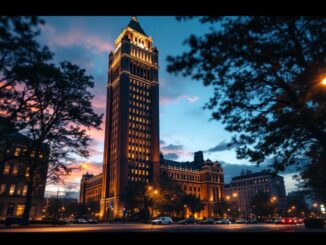Exploring the dynamics between class struggle and orchestrated unrest in Britain.

Topics covered
The recent riots in the UK, particularly those that erupted between July 30 and August 5, 2024, have sparked intense debate regarding their origins and implications. While some view these disturbances as a manifestation of the working class’s struggle against systemic oppression, others argue that they were orchestrated by reactionary forces seeking to undermine genuine proletarian movements.
This article delves into the intricate dynamics at play, aiming to discern the true nature of these events.
The role of the lumpen proletariat
At the heart of the discussion lies the question of the lumpen proletariat’s involvement in the riots.
Official reports indicate that the riots exhibited “limited formal organization,” raising concerns about the extent to which these events were manipulated by external forces. Groups such as the English Defence League and Britain First have been implicated in orchestrating the unrest, suggesting a deliberate attempt to co-opt the frustrations of marginalized individuals for political gain.
However, the economic basis for this “limited formal organization” remains questionable. Many participants in the riots were economically disenfranchised, struggling with both financial and mental hardships. This raises critical questions about the motivations behind their actions and whether they were genuinely representative of a broader class struggle or merely pawns in a larger political game.
Historical context and parallels
To fully understand the current situation, it is essential to consider historical precedents. The 2011 riots in the UK serve as a poignant example of how reactionary forces can exploit moments of unrest. Following the police killing of Mark Duggan, a wave of protests erupted, only to be met with a counter-movement that sought to discredit the genuine grievances of the working class. This historical context underscores the need for vigilance in analyzing contemporary events, as the same patterns of manipulation may be at play today.
Moreover, the timing of the recent riots, particularly in relation to other disturbances such as the Harehills incident in Leeds, raises further questions about coordination among various factions. The proximity of these events suggests a potential orchestration aimed at diverting attention from legitimate social issues, thereby weakening the collective voice of the working class.
Implications for class struggle
As we navigate this complex landscape, it is crucial to delineate between the genuine struggles of the proletariat and the disruptive actions of the lumpen elements. The current socio-political climate demands a nuanced understanding of these dynamics, as mischaracterizing the riots could lead to further fragmentation within the working class movement.
In times of reaction, it is imperative to scrutinize the forces that seek to exploit unrest for their own ends. By fostering unity among the working class and recognizing the manipulative tactics employed by reactionary groups, we can better position ourselves to address the root causes of discontent and work towards meaningful change.




